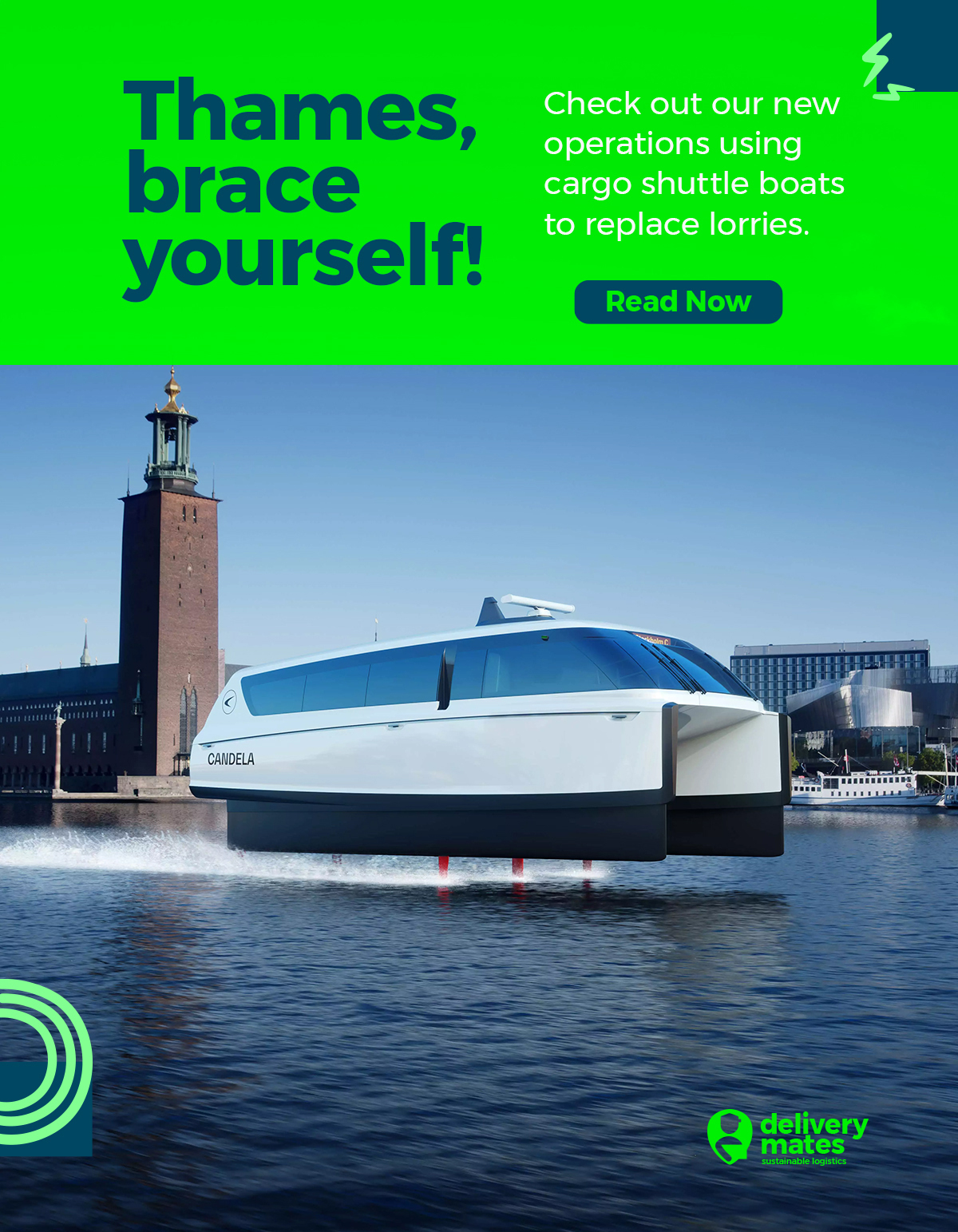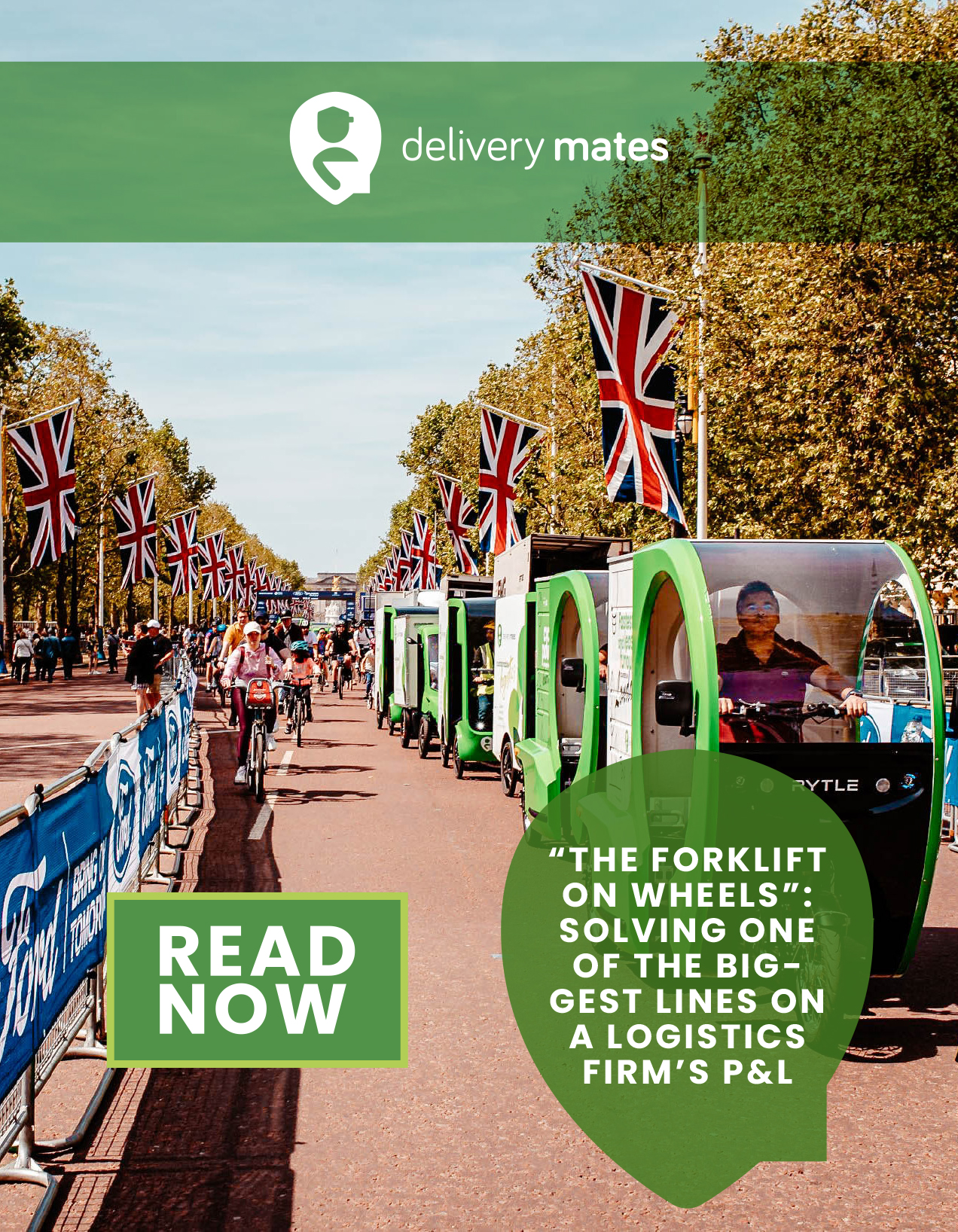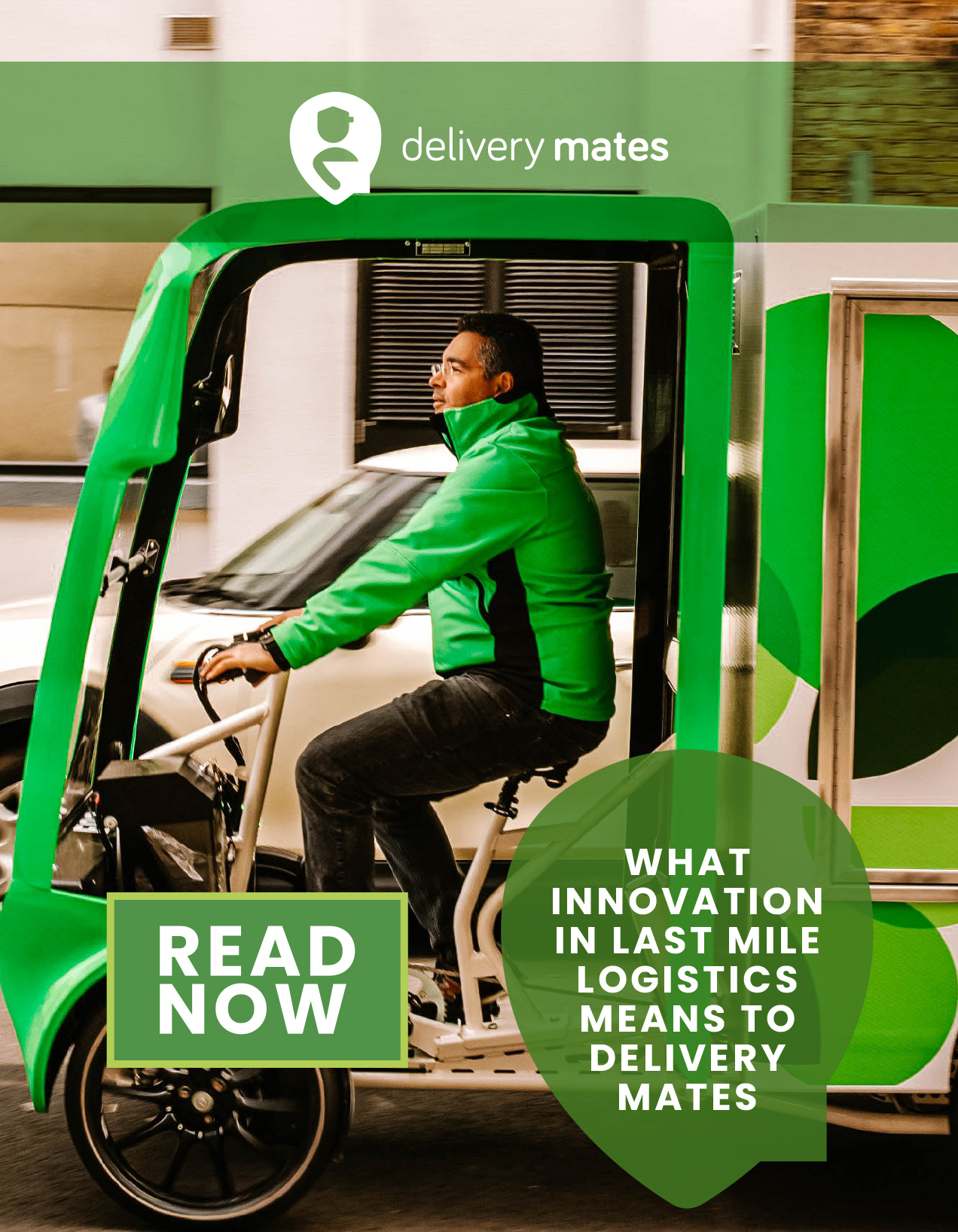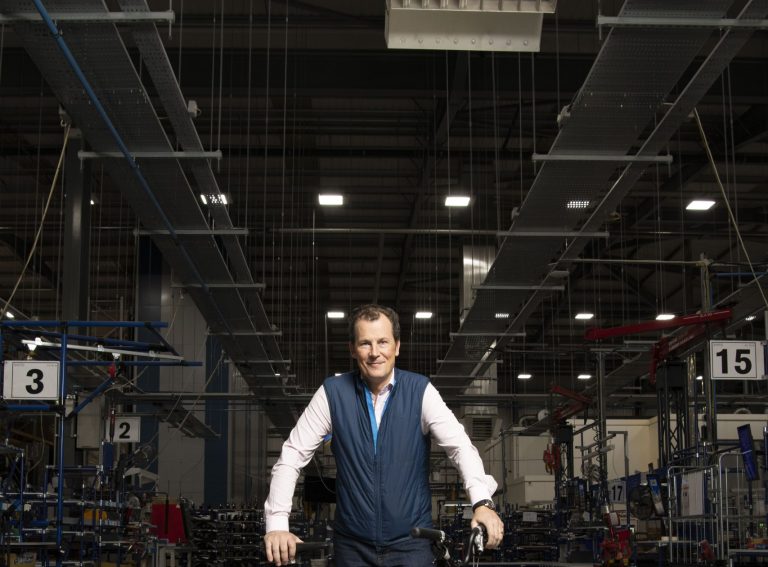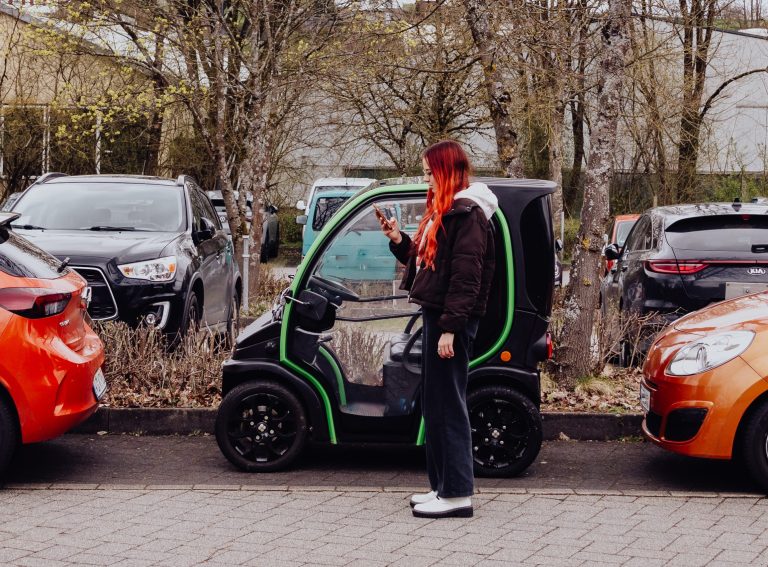Earlier this week, Voi decided to withdraw its electric scooters from the streets of Coventry, just five days after they had arrived. Despite phenomenally strong uptake of the service, newspapers and social media accounts were citing careless riding and near-misses.
In mitigation, the scooter company has agreed to introduce number plates, one of a series of measures designed to tackle Coventry’s teething troubles. It’s a development that other local authorities across the country will be watching with interest.
Here’s why using number plates to appease nimbys won’t work – and what the city council needs to do instead.
1: Number plates are a terrible way to identify scooters
Number plates are rather a Neanderthal solution compared to the technology that micromobility operators have at their fingertips.
“Our scooters are equipped with unique serial numbers that we can track anywhere, at any point in time,” says Felix Eggert at Wind, whose scooters carry licence plates in Germany. “So license plates are not required from a technological perspective or to make scooter use safer.”
Matthew Barrie, UK manager at Bolt, agrees. “Scooters are GPS-tracked to 30cm accuracy 24/7 (or at least they are at Bolt),” he explains. “All that’s required is for a location and a time to be reported. The operator can then see which vehicle was there and who was riding it and respond accordingly.”
Given the small size of an electric scooter, making a number plate large enough to be easily visible to the naked eye or CCTV is challenging.
“If they’re to be used as identifying mechanisms for authorities and citizens at a glance, they’re a poor solution,” Barrie agrees. “The licence plates in Germany are printed on squares of 6x6cm. So unless you’re within one metre of the vehicle, you can’t see what the licence plate says. Oh – and it has to be stationary: you can’t pick it up as it moves. They’re flimsy, too, and fall off regularly.”
Barrie suggests this alternative: “A unique ID in large characters on the stem of the vehicle, which can be seen from 10m and while the vehicle is moving.”
2: Give the public an easy way to report issues
While scooter operators are already well-equipped to weed out miscreants, there is still work to do to help the public report incidents or badly-parked scooters. Far more useful than number plates for members of the public would be a simple, clear and accessible method of reporting incidents.
“I propose that there should just be an easy public reporting system, developed by the operator in conjunction with the local authority,” says Barrie. “All that is required is a time-stamp and a location. The operator can then do the rest in identifying the vehicle.”
Zag data analyst Oliver O’Brien points out that bike-share programmes often use identifying numbers that help pinpoint problems. “In London, the Santander bike-share bicycles have a large five-digit vehicle number on their side, which I have used a few times to report stolen or abandoned bikes to the operator,” he explains. “Jump e-bikes have a number on the back, which is small but readable by a following cyclist.”
In short, mandating that e-scooter providers add externally-visible numbers to their scooters is an old-fashioned method. The more elegant, efficient and effective solution is to make the public aware of how to report any issues: a helpline, local press and localised billboards would do the job.
3: Improving rider standards requires collaborative councils
E-scooters are new. As with anything new, there will be a learning curve. Riders need to understand where they can pilot scooters and where they can park – and where they can’t. This will take time – but does not require number plates.
“I would question what one hopes to achieve with number plates,” says Zag’s features writer Laura Laker. “If it’s to penalise bad parking, the company should be able to do that with geofencing.”
Geofencing can be very effective in keeping street clutter to a minimum. However, councils cannot take a hands-off approach to specifying appropriate “red zones” (no-go areas”). They must work closely with operators to painstakingly identify all areas, one by one, that they would like to lock off. Forgoing this effort and placing the burden on operators of working out where scooters can and can’t go is lazy at best and dangerous at worst.
Voi has pledged to double its number of on-site ambassadors in Coventry, who provide one-to-one training and guidance. But the micromobility company should no more be held accountable for how riders then choose to use the machines than local BMW or Audi dealerships are held responsible for driving standards.
What’s needed is a joint approach to spotlight two fundamental principles to riders: don’t ride on pavements, do park considerately. Number plates won’t help. But council marketing and outreach would.
4: Number plates ignore the real villains
The number plate argument misses the elephant in the room: motor vehicle traffic scares most other road users away, with only the hardiest cyclists prepared to brave streets with no safe spaces.
“It’s more important to question why people are using pavements in the first place,” says Laker. “I’d hazard it’s because there’s insufficient infrastructure for them ie the roads are too hostile to share with motor traffic and there aren’t protected lanes they could share with cycles.”
If there is no inclusive infrastructure, e-scooter riders will not feel comfortable on the roads. It’s an argument understood well by cycling advocates.
“They’re more akin to cycles than vehicles and, based on my experience of them in Paris, e-scooter riders have an even greater need for safe lanes,” Laker goes on. “The wheels are so small that a little bump can impact your control, and your comfort, in ways that don’t affect cycle riders, which is scary in traffic.”
In fact, Laker goes on, focusing on number plates risks blaming scooter riders for much larger problems: “Number plates for e-scooters is on the same continuum as asking people who cycle to wear hi-vis or helmets. It’s expecting them to take responsibility for inadequacies in the road system. It also risks reinforcing the notion that they have the potential to do comparable harm as a motor vehicle, and need controlling as such, which they don’t. They are simply highlighting the failings in our road system.”
People will always be cautious of something new. Vocal nimbysism should not be allowed to derail a trial that has proved hugely popular with thousands of local residents.
The government’s e-scooter trials are designed precisely to work out whether e-scooters would be a useful addition to the transport mix and, if so, how to incorporate them safely. As new as the technology is, the answer to their sympathetic introduction remains an old and familiar one: urban spaces must be designed with inclusive infrastructure so that people feel safe on roads, whatever they’re riding, and education is critical for both riders and the public.

